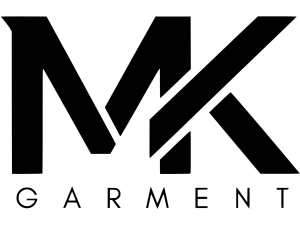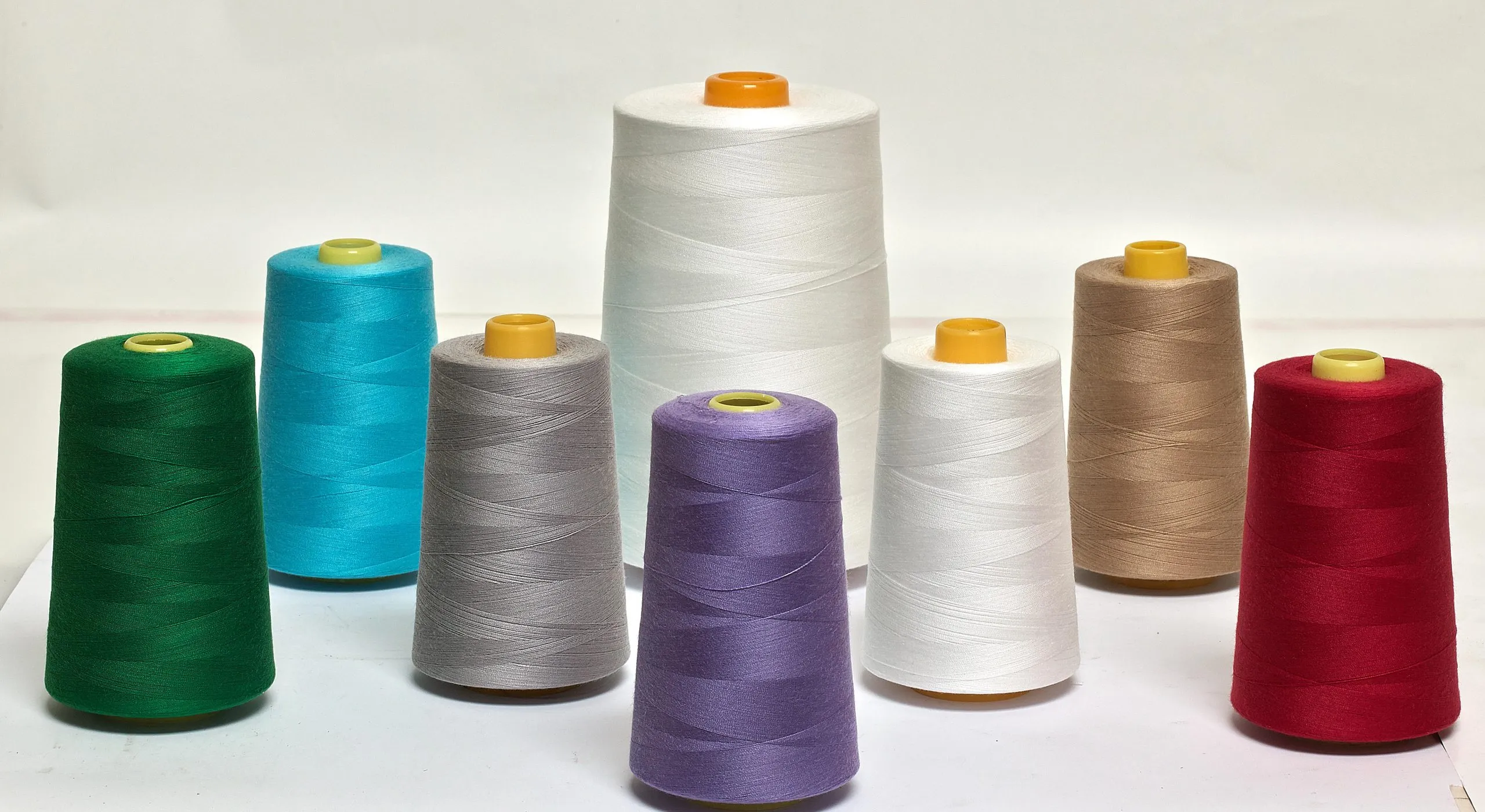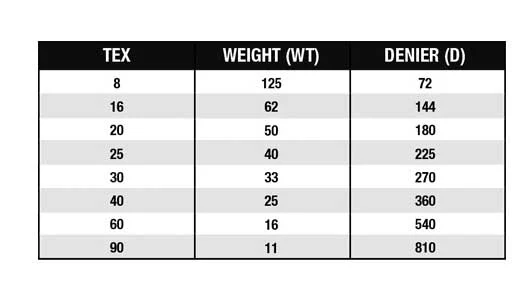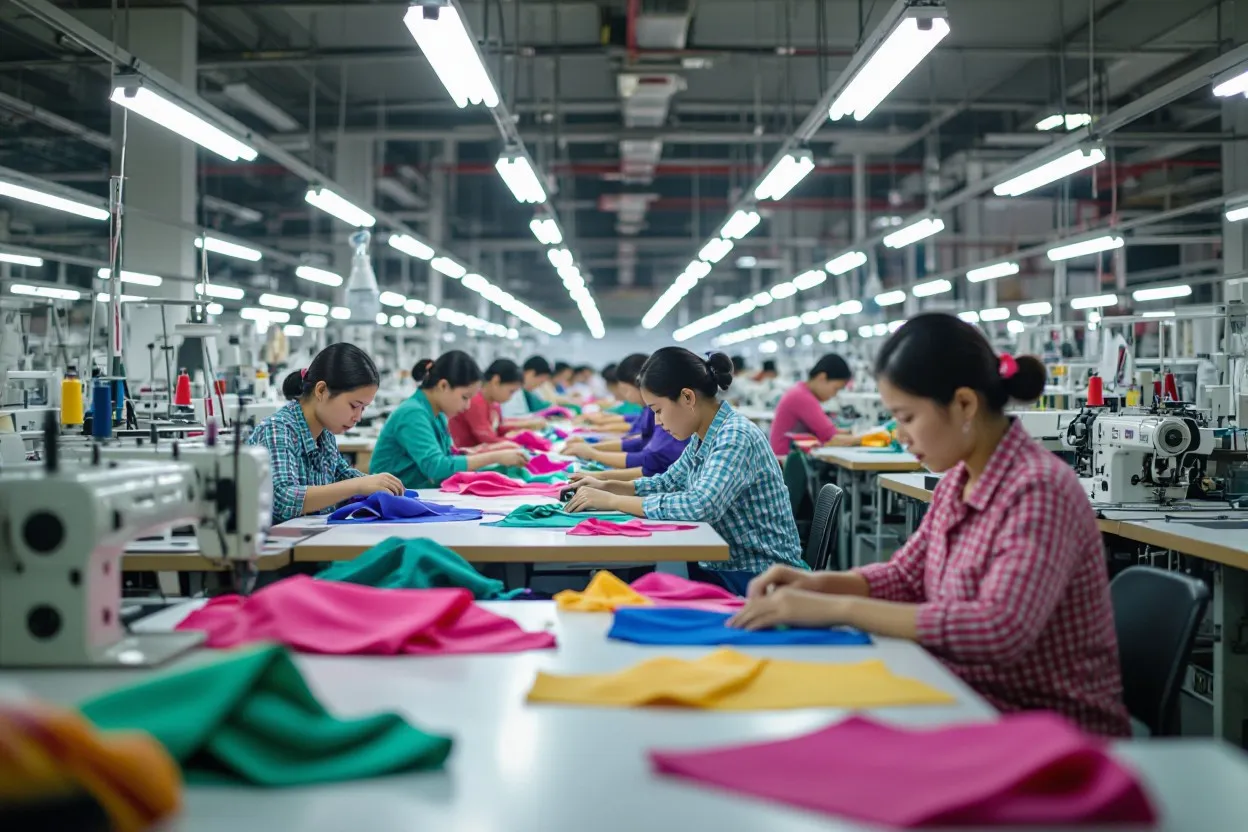
In the global apparel production chain, CMT (Cut, Make, Trim) represents an important step forward from the simpler CM model. It’s widely used by brands that still wish to control their material sourcing but need more support from the factory in finishing tasks. Under this model, the factory not only cuts and sews but also performs finishing steps such as ironing, labeling, and packing garments. This extra involvement helps brands save time and achieve more polished, market-ready results. For many small and medium-sized labels, CMT is the ideal balance between maintaining control over quality and benefiting from a more comprehensive production service.
Overview of the CMT Model
CMT stands for Cut, Make, and Trim, one of the most common garment manufacturing models used worldwide especially across Asia, including Vietnam, Bangladesh, and China. Under this model, the buyer supplies all raw materials (such as fabric, trims, zippers, buttons, and labels), and the factory focuses on production cutting the fabric, sewing the garments, and performing final finishing steps like ironing, labeling, and simple packing. This model bridges the gap between simple sewing (CM) and full-service manufacturing (OEM/ODM). It gives brands the flexibility to control fabric quality and sourcing costs while still benefiting from the factory’s professional production line and finishing capability.
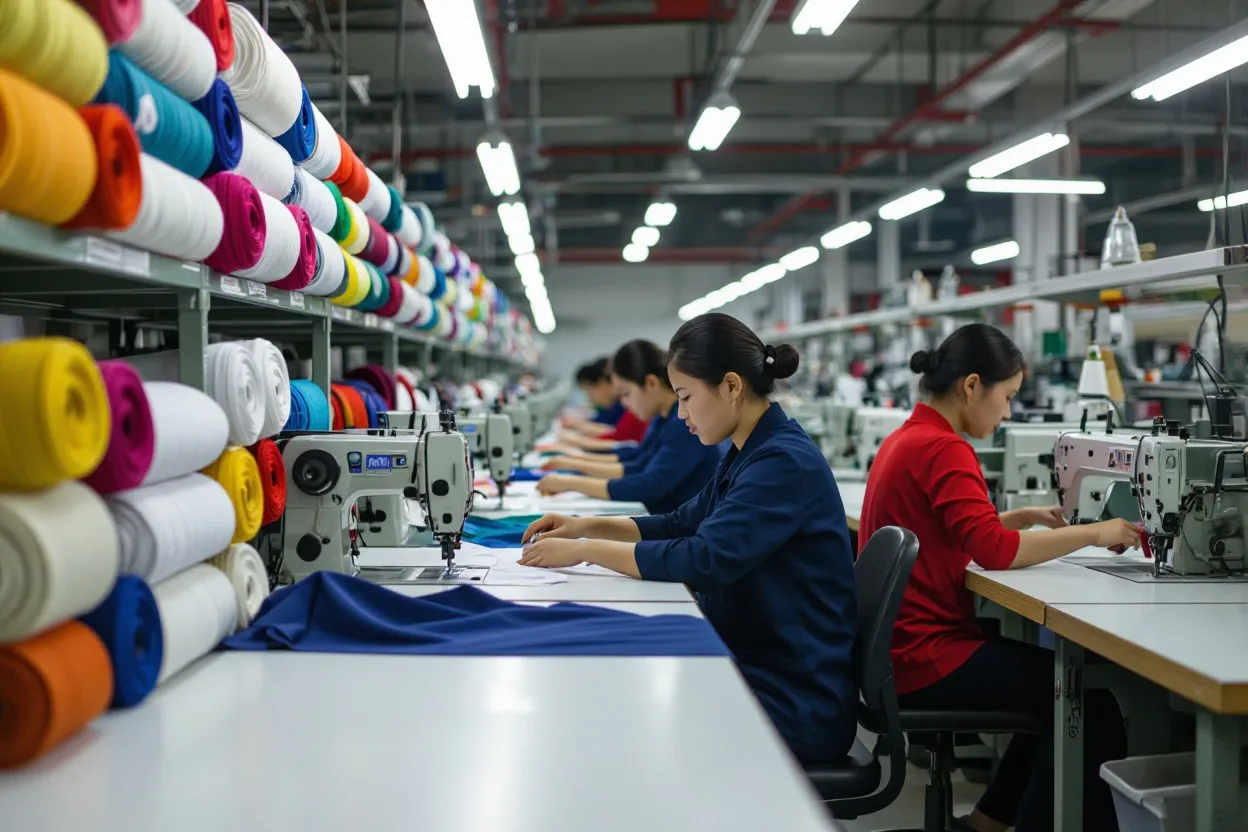
How the CMT Process Works
Before understanding the advantages of CMT, it’s essential to see how the process unfolds from start to finish. A CMT production flow is simple yet structured: Cut – Make – Trim. Each step plays a crucial role in transforming raw fabric into a market-ready garment. The buyer’s patterns and specifications are the foundation, while the factory executes them with precision, quality control, and finishing care to meet export standards.
- Cut: The factory receives fabric from the buyer, lays it according to markers, and cuts it into pieces following the buyer’s pattern and size specifications.
- Make: The cut pieces are sewn together by skilled operators according to the buyer’s tech pack, creating the garment’s structure.
- Trim: The final stage includes attaching labels, ironing, minor thread trimming, quality inspection, and simple packing (e.g., individual polybags).
Once finished, the garments are almost market-ready, needing only export cartons or retail packaging.
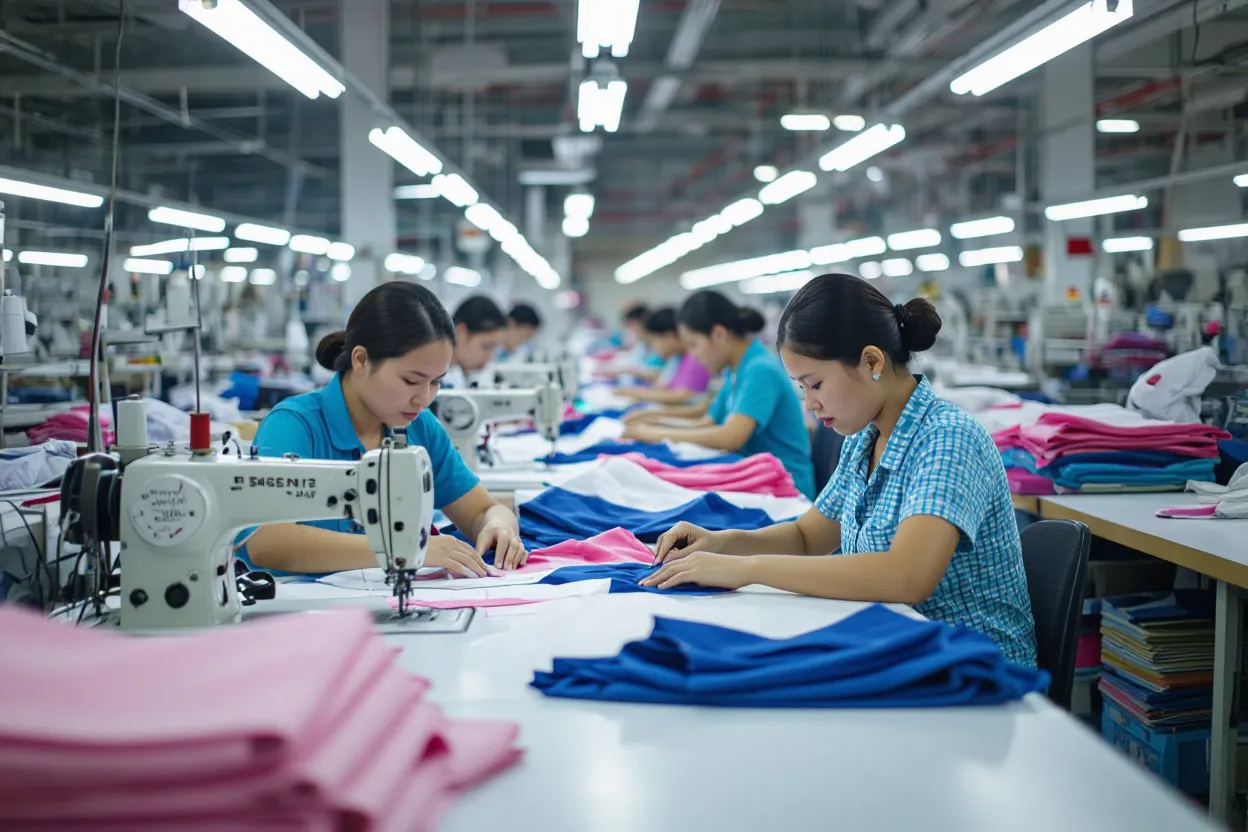
Best Suited For
The CMT model works best for:
- Medium-sized fashion brands or private labels that want professional sewing and finishing services.
- Brands that prefer full control over fabric type, color, and quality but don’t own a manufacturing facility.
Example: A sportswear brand sends rolls of polyester-spandex fabric, zippers, and brand logos to a Vietnamese garment supplier. The factory cuts, sews, irons, and individually packs each garment into clear bags with brand stickers. The finished pieces are ready for shipment just awaiting export carton packing.

Why CMT Still Matters
CMT remains a cornerstone of the global apparel supply chain. It balances quality assurance, cost control, and brand flexibility, giving buyers control over materials while leveraging a factory’s production expertise. For many fashion businesses, especially in today’s fast-moving market, CMT offers the right mix of efficiency, transparency, and scalability.
Pros And Cons CMT (Cut, Make, Trim)
Advantages of the CMT Model
CMT offers a balance of efficiency, quality, and buyer control. This model suits brands that want to ensure fabric consistency while outsourcing sewing and finishing to experts. Since factories handle pressing, labeling, and simple packing, the buyer saves time and labor costs on post-production handling. Moreover, the CMT structure allows smoother quality control, because garments are inspected before being shipped. For growing brands that care about presentation and workmanship, CMT is often the first step toward scalable manufacturing partnerships.
- Higher finishing quality compared to the simple “Cut and Make” (CM) model.
- Time savings for the buyer since the factory performs pressing and basic packaging.
- Improved quality control, as inspection happens before final packing.
- Ideal for scaling, buyers can focus on design and marketing while the factory handles production.
Disadvantages of the CMT Model
Although practical, CMT has its limitations. Because the buyer supplies all materials, any delay in fabric or trims can disrupt production schedules. This means the buyer must coordinate sourcing, shipping, and customs carefully. Additionally, CMT service fees are slightly higher than CM (Cut and Make) since finishing tasks are included. Managing multiple suppliers also requires experience a small brand might find logistics challenging at first. Still, for companies with organized sourcing systems, these drawbacks are manageable compared to the quality benefits.
- Slightly higher cost than CM due to finishing services.
- Buyer must handle sourcing and logistics of fabrics and trims.
- Production delays may occur if materials arrive late.
Conclusion / Final Words
The CMT (Cut, Make, Trim) system remains a cornerstone of modern garment manufacturing. It’s ideal for companies that value precision, flexibility, and control letting designers and brands focus on creativity while factories deliver professional finishing. In markets like Vietnam, where technical expertise meets global quality standards, CMT production keeps clothing lines efficient, consistent, and ready for the world stage. The CMT (Cut, Make, Trim) model continues to power the modern garment industry. It’s a smart choice for businesses that value control, precision, and craftsmanship allowing brands to focus on what they do best: designing and selling great products, while trusted factories take care of production excellence.
